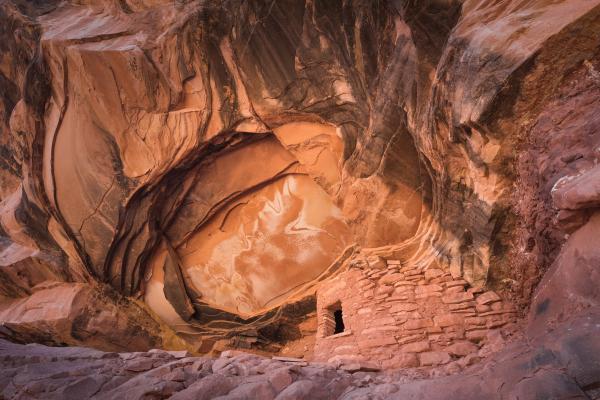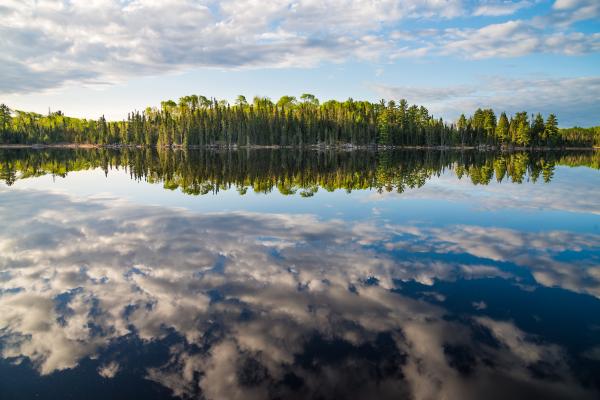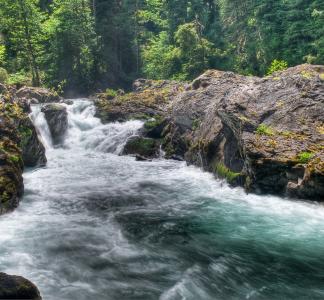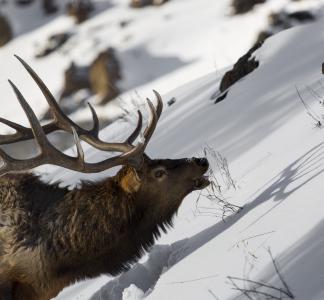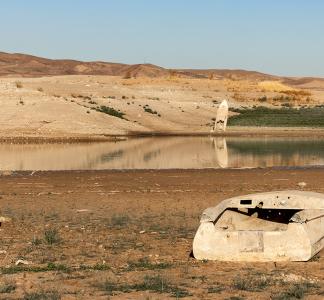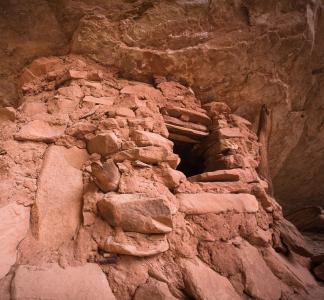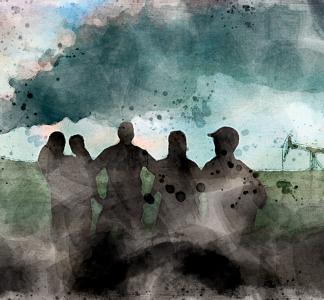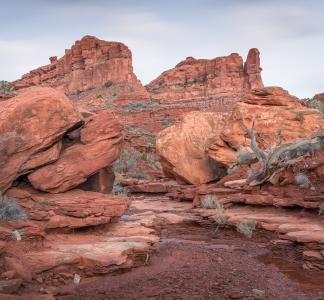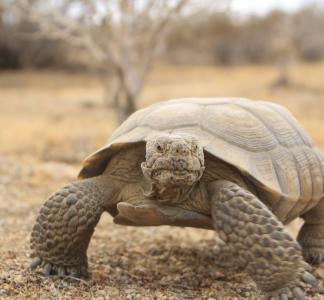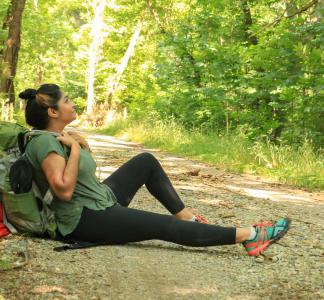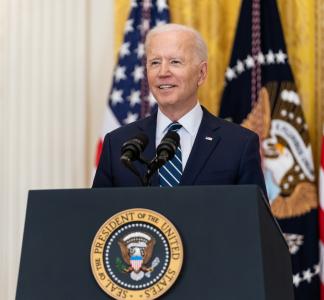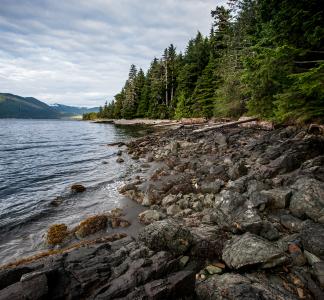30 x 30 movement
Bob Wick, BLM
Protecting 30% of U.S. lands and waters by 2030 to meet environmental challenges
The goal of the 30 x 30 movement is to address the devastating loss of nature across the globe. In approximately the last 20 years, we’ve lost 1.2 million square miles of wild land worldwide—about the same as the total area of India. If development and destruction continue at that rate, scientists say there will be no truly wild places left without human disturbance in less than a century. This loss of nature affects our sources of clean air and water as well as the places we recreate. It also means fewer places to act as refuge for people and wildlife struggling to adapt to climate change. Additionally, this trend is hurting our ability to combat climate change itself, as forests and other landscapes with a great capacity to absorb greenhouse gas emissions are being wiped out.
The 30 x 30 movement is designed to address this unprecedented crisis. Building on the 14 percent of U.S. lands The Wilderness Society and our allies have already helped protect since our founding, we’re joining with partners on an initiative to protect 30 percent of U.S. lands and waters by the year 2030, guided by science and the traditional knowledge and input of Indigenous communities and communities of color. This goal mirrors an international effort to protect 30 percent of the Earth’s wild areas, which scientists say is the minimum needed to prevent the worst consequences of climate change, including widespread loss of species.
We’re working to ensure 30 x 30 is built on the needs of the people – those who live closest to, and are most dependent on, these lands and waters, as well as those who have been disproportionately burdened by nature loss and lack of access to the benefits of nature. We must also ensure that what we protect is preserved as a network of linked habitat, including both large-scale landscapes and small parks, so species are able to migrate and otherwise move around in response to climate change and other shifts.
Wild nature is disappearing, and it’s affecting human health, the survival of species and even our ability to absorb greenhouse gas emissions and stave off the worst effects of climate change. Through an effort to protect 30 percent of U.S. lands and waters by the year 2030, we aim to confront the climate and extinction crises.
Impacted places
What we're doing
-
Working with local communities
We’re working to ensure that the initiative to protect 30 percent of U.S. lands and waters is driven by local considerations and centers on the leadership and traditional knowledge of Indigenous peoples. We’re also working to ensure federal agencies and lawmakers work with local communities to devise equitable, economically helpful and inclusive processes to increase accessible and protected lands in their communities.
-
Engaging federal agencies and decision-makers
We’re working to ensure federal agencies mobilized by President Biden’s 2021 executive order to protect 30 percent of U.S. lands and waters follow through on those plans and develop appropriate methods for gathering input on which landscapes are most in need of protection.
-
Encouraging action in Congress and at the state level
We’re working to ensure passage of legislation to permanently protect public lands as part of the 30 x 30 initiative and encouraging state governments to work toward the larger national goal.
Why protecting 30% of lands and waters is critical
Chet Williams, Flickr
Study: for migrating elk, moose & other species, wilderness is vital
Neal Herbert, NPS
No bombing range expansion into continental U.S.’ largest wildlife refuge; Congress rebuffs controversial plan
Staff Sgt. Ned T. Johnston, U.S. Air Force via Airman Magazine, Flickr
Public lands & the climate crisis: Drought
James Marvin Phelps/Flickr
Report: Sec Haaland recommends restoring Bears Ears
Mason Cummings, TWS
Communities at the heart of climate action
Enough delay—mining claims show need to protect Bears Ears immediately
Mason Cummings, TWS
We’re suing: Destructive Utah highway project will disturb tortoise habitat
Dana Wilson, BLM, Flickr
How the U.S. will protect "America the Beautiful" to benefit all communities
Ambreen Tariq (@brownpeoplecamp)
How did Biden do on “First 100 days” climate and environment goals?
Adam Schultz, The White House, Flickr
Protecting wildlands is key to solving the climate change puzzle
Nelson Guda
Tyrannosaur fossil find in Grand Staircase-Escalante a reminder of public lands’ scientific importance
Dr. Alan Titus via BLM, Flickr

